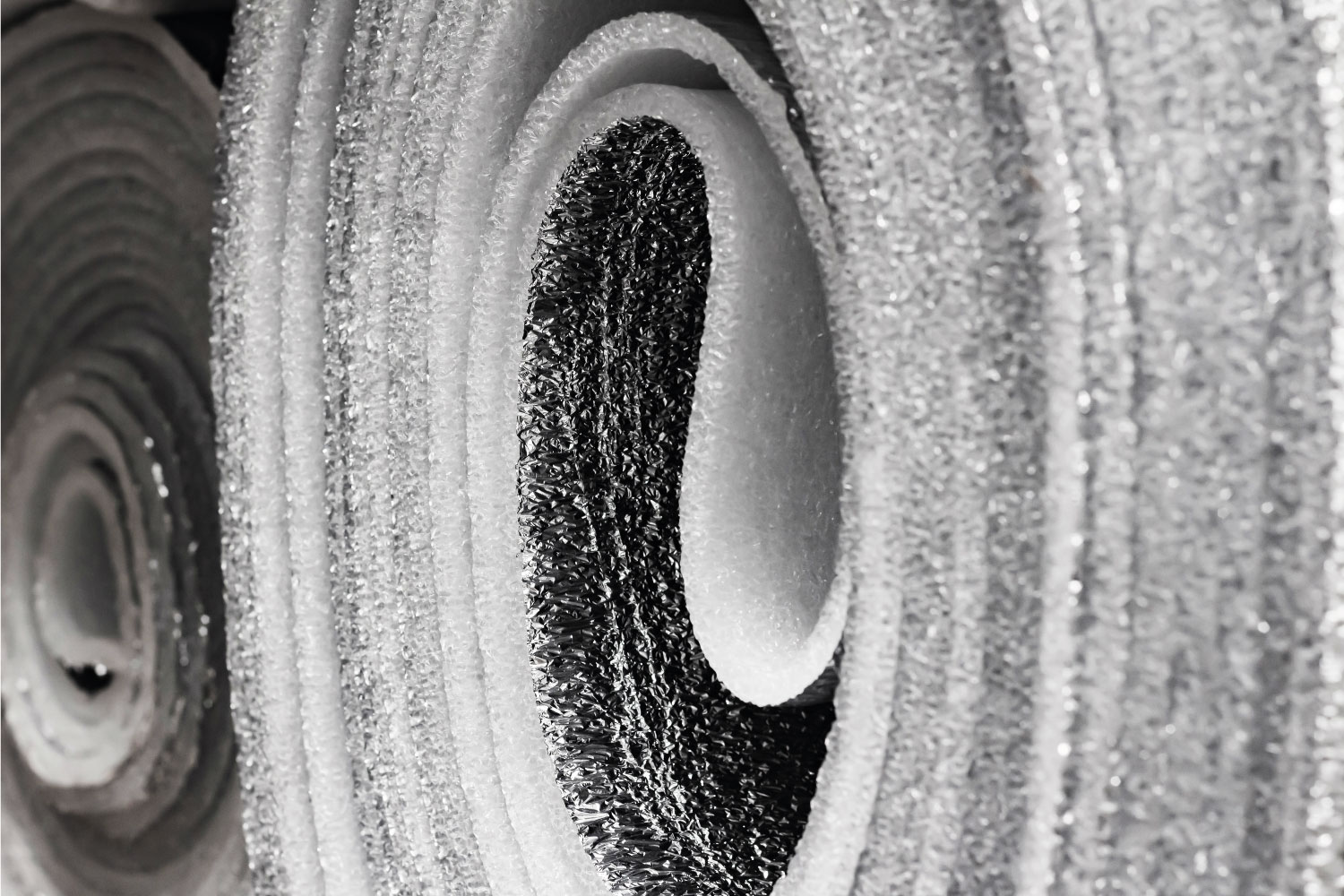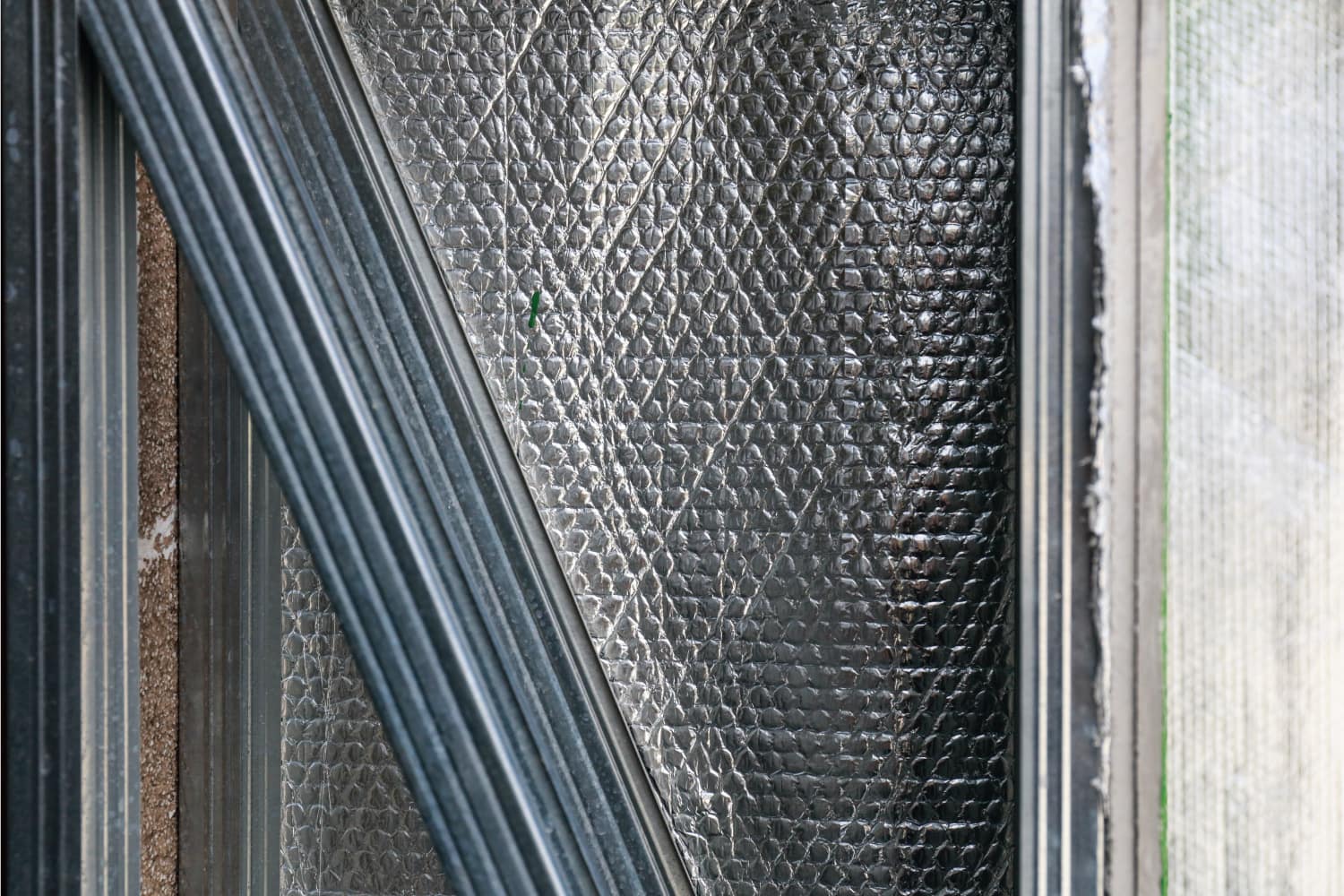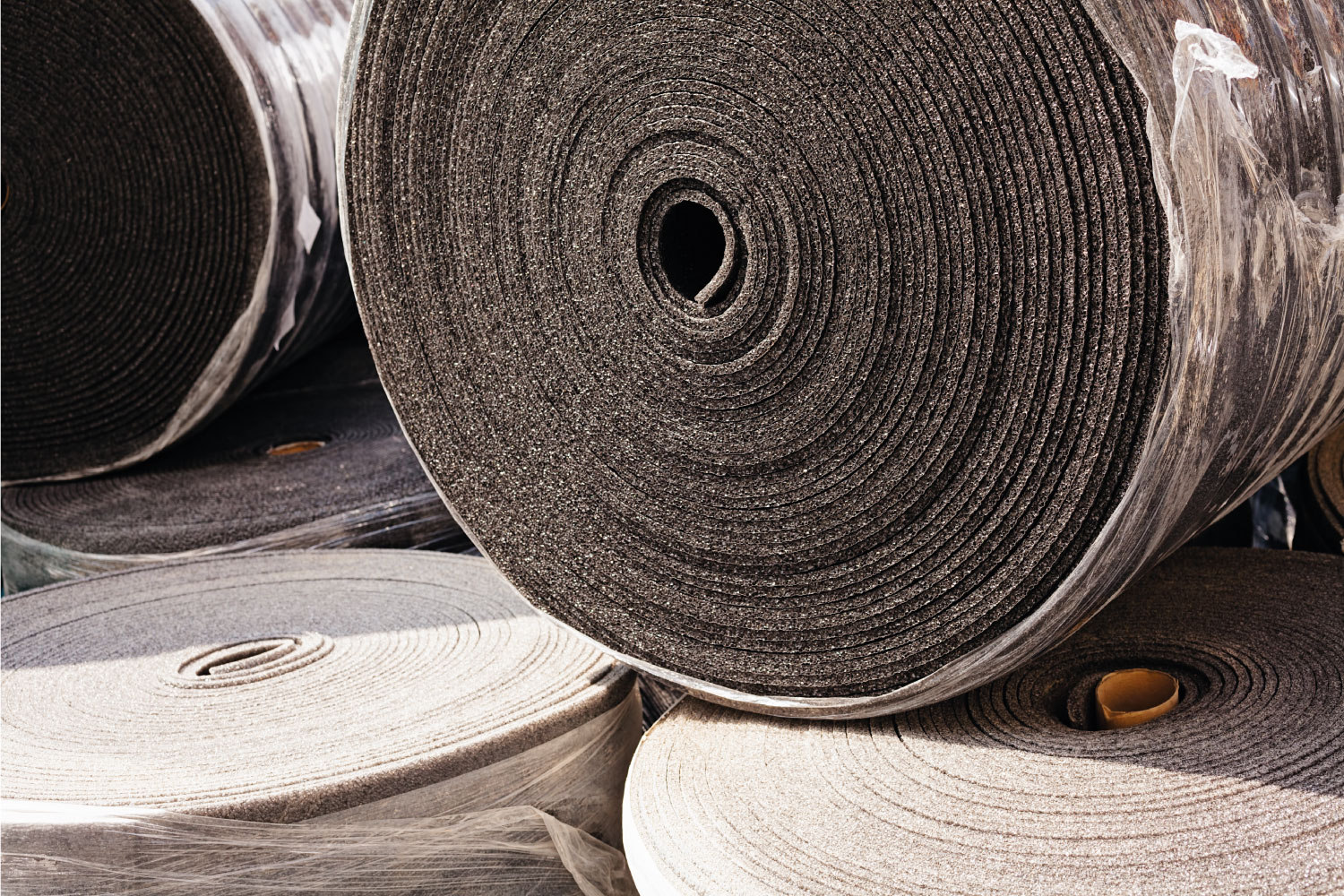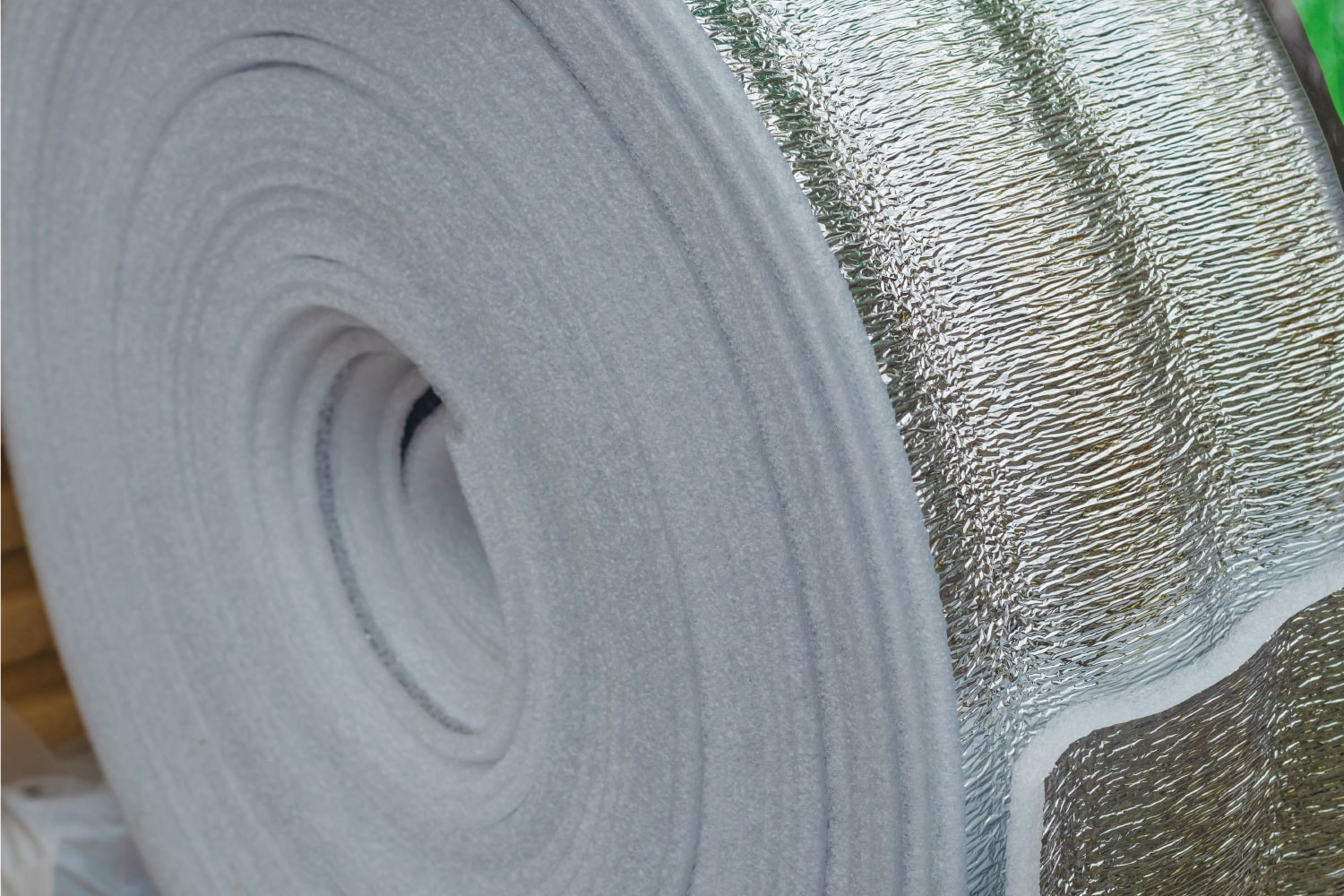Insulating a crawl space helps to sustain your home's energy efficiency. Choosing suitable materials to insulate your crawl space can be rather daunting, especially if you are inexperienced. You may be wondering if you should use faced or unfaced insulation in the crawl space. We talked to the experts, and this is what we discovered.
It is recommended that you use faced insulation in a crawl space since it has a moisture barrier that keeps the moisture from seeping into the air beneath your home. However, if you are adding another layer of insulation to meet the stipulated R-value, it is advisable to use unfaced insulation.
Correctly insulating a crawl space will result in substantial savings on energy in the long run as it reduces the rate at which heat or cool air is lost through the floor and walls. This is important if you intend to keep your home cozy without breaking the bank. Keep reading as we elaborate on when you should use faced insulation and when to use unfaced insulation. We will also discuss if insulation works without a vapor barrier and whether it is safe to leave insulation uncovered.

Does insulation work without a vapor barrier?
The soil beneath your crawl space is saturated with moisture which may, from time to time, evaporate and raise the relative humidity in a crawl space. A vapor barrier eliminates dampness in your crawl space by preventing this moisture from seeping into the air in this space.
Although insulation works without a vapor barrier, installing a moisture barrier in homes built in very humid climates is advisable. Where a vapor barrier is absent, the insulation may create a favorable environment for breeding mold and mildew if it becomes saturated with moisture. Additionally, the humidity may damage the insulation, reducing its effectiveness.
The type of cladding material on which insulation is fitted also determines whether the insulation will work without a vapor barrier. Insulation will still work without a vapor barrier if the crawl space is not built from absorptive cladding material.
Some cladding materials are made from absorbent elements that retain moisture, dampening the structure's interior. At other times, the cladding material may release vapor from the retained moisture, thus causing mold build-up or the structure to rot. It is prudent to install a vapor barrier when insulating the crawl space in such instances.
It is advisable to install faced insulation when insulating a crawl space since these areas experience higher humidity levels than the rest of the home. Faced insulation has a pre-attached vapor barrier that helps keep the crawl space dry. When adding an extra layer of insulation, it is recommended that you use unfaced insulation. Keep reading as we will elaborate more on this.

Where to add a vapor barrier when installing insulation
There are several factors to consider when determining how and where to fix a vapor barrier. It is advisable to install the vapor barrier where moisture is most likely to come in through to enable you to keep moisture out of the building's main structural elements.
Typically, the vapor barrier is added to the interior of the insulation in cooler climates, whereas, in warmer climates, it is fixed on the exterior of the insulation.
Cold air carries less moisture. However, more interior heating in cooler climates results in higher relative humidity inside the crawl space. Therefore, it is recommended that you add a vapor barrier to the interior of the insulation.
AC may be installed in crawl spaces in warmer, more humid climates to keep the air cool. Consequently, moisture problems may arise from the outside rather than inside. Therefore, the insulation needs to be protected from exposure to moisture outside.
It is also advisable to consider the cladding material used when determining where the vapor barrier will be installed. If the cladding material is made of absorbent components, it is advisable to protect the insulation from moisture by adding a vapor barrier on the exterior of the insulation.
In cold climates where structures are made of porous cladding materials, you may opt to put a vapor barrier on both sides of the insulation to protect it from moisture inside and outside.
Though a vapor barrier is an important addition when safeguarding your home from moisture problems, it is gainful to consider the permeability of the vapor barrier fitted. You want to rid your wall of moisture while letting enough through to keep it from getting trapped.

When should you use faced insulation?
As previously stated, faced insulation has a pre-attached vapor barrier that helps keep the crawl space dry. Additionally, the facing keeps the insulation together and secures the insulation to the building components. In some instances, foil and plastic facings on rigid polyisocyanurate foam panels can stabilize the R-value. The R-value determines how resistant to heat transfer the insulation is, determining how energy-efficient your home is.
It is advisable to use faced insulation in these instances:
- In cathedral ceilings that do not have attics - faced insulation provides a temperature and weather barrier that an attic barrier would otherwise provide.
- Where the local building codes require insulation with a fire rating. Some faced insulation materials have a flame-resistant layer that can enhance your home's safety.
- When you need to hinder downward heat flow, for instance, when you need to minimize heat loss through an uninsulated crawl space. Radiant barriers in faced insulation can aid in preventing the downward heat flow.
Pros and Cons of faced insulation
Pros
- It offers more robust protection against higher relative humidity and moisture.
- It is ideal when installed as the primary insulation where no pre-existing insulation has been installed.
- It offers a more effective defense against mold build-up.
- Foil-faced insulation can furnish an added boost to keep the heat inside your home.
- It may be easier to install as you only need to fasten the protective layer to the wall studs.
Cons
- Typically, faced insulation is more expensive than unfaced insulation.
- You can only install one layer of faced insulation since multiple layers may trap moisture between them.

When should you use unfaced insulation?
Unfaced insulation does not have a vapor barrier. It is ideal when adding additional insulation sheets to meet the stipulated insulation guidelines in your area code. You can also use unfaced insulation where you don't need facing, such as when insulating the interior walls in your home.
Pros and Cons of unfaced insulation
Pros
- Usually, unfaced insulation is cheaper than faced insulation.
- Some insulation options such as spray foam and blown-in insulation can protect against moisture problems.
- You can combine unfaced insulation with faced insulation to offer an extra layer of protection.
- Unfaced insulation can be used in closer proximity to sources of heat as it tends to be less combustible.
- It can be used as a sound barrier when insulating walls and floors.
Cons
- Installing unfaced insulation tends to be more complicated than fixing the faced alternative.
- Most unfaced insulation options lack a moisture protection barrier.

Is it safe to leave insulation uncovered?
It is not advisable to leave insulation uncovered, especially fiberglass insulation, in areas you frequent, such as unfinished basements. However, leaving the insulation exposed in places you do not often use, such as crawl spaces, may be beneficial as it would ease the workload if you need to add more insulation.
Exposed fiberglass insulation in living spaces may pose health complications as it may release particles into the air when you meddle with it. These particles can irritate the skin, eyes, or lungs if you inhale them.
If you opt to cover the insulation, using a permeable barrier that does not trap moisture is advisable. A porous barrier allows your home to breathe more efficiently, thus preventing mold build-up. Some of the solutions available include:
- Install sheetrock or paneling over the insulation.
- Use a poly-membrane sheet to cover the insulation.
Final thoughts
Choosing the proper insulation for your crawl space does not have to be a headache. Remember that appropriate insulation will result in significant savings on energy bills, while insufficient insulation or installing the wrong insulation will waste your money. We hope the information provided in this article will guide you in making a good choice.
It is also critical to note that insulation wears out or spoils with time. Therefore, regularly check the condition of your insulation and replace it if it is damaged to ensure that it serves you efficiently.
You may also be interested in these topics:

I have manufactured home, I am installing, a ground vapor barrier, new underbelly and R~30 insulation with osb plywood on top. My question is since I have a underbelly and moisture barrier….. Can I use on unfaced installation?
Ideally I wanted to use faced faced R30 insulation in rolls, high temperatures in South Florida and I also live next to a busy highway. Upon searching home depot… The product I’m looking for only comes in unfaced. However, They do have R30 insulation faced but much more expensive because it’s pre cut.
This is an investment property and I do plan on selling in 5 years time.